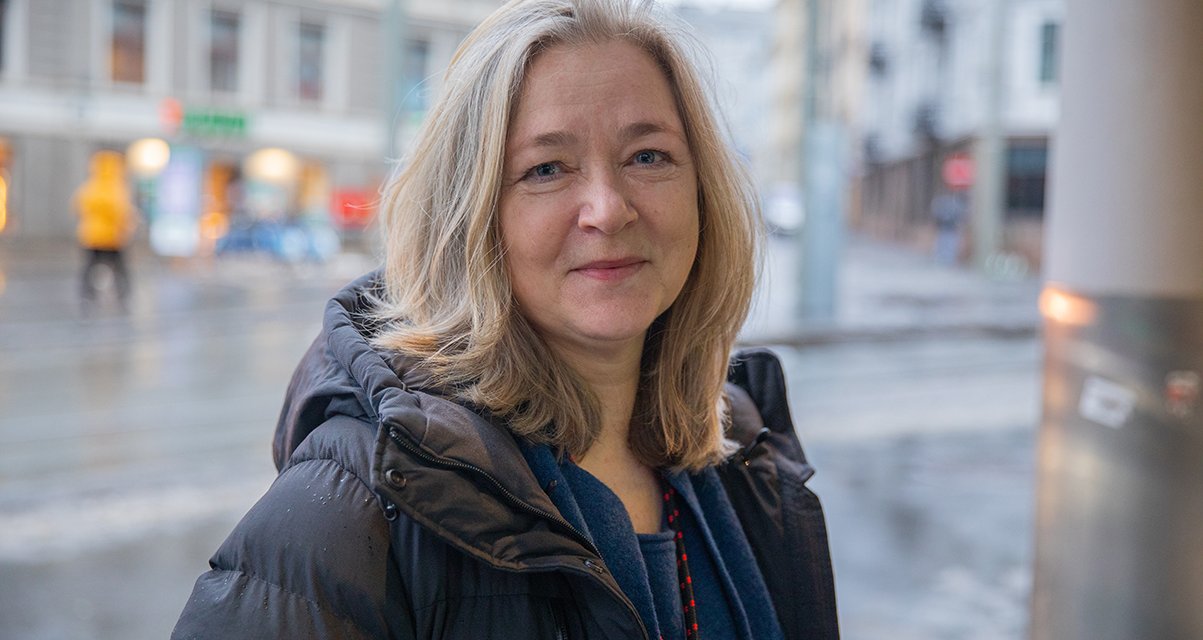– Union representatives keep the Norwegian labour market together
Norway has a unique labour market. It is efficient, productive, and adaptable; largely because of union representatives, says special adviser Kari Folkenborg in Forskerforbundet.
“Union representatives play an important role in the labour market, on a local and national level,” says special adviser Kari Folkenborg in Forskerforbundet.
She has conducted extensive research on the intricacies of the Norwegian labour market.
Norway and other Nordic countries organise their labour markets differently to the rest of the world. Trust and equality remain central to operations, and the influence employees have in their place of work is far greater than in many other countries.
Local importance
The social model in Norway – and in other Nordic countries – can be characterised by the co-operation between three parties:
- The employer
- The employee
- The authorities
“The Nordic social model brings balance, resulting in everybody benefiting from a well-regulated working life. All parties equally contribute to an efficient, productive and adaptable society. This three-way co-operation means everyone is consulted and issues are properly negotiated, providing real legitimacy to decisions that are made. The results are frequently much better because everyone has contributed,” says Folkenborg.
Union representatives are vital to this co-operation. According to Folkenborg, they are the ones that keep the whole system working. Without support on a local level, achieving change on a national scale would be extremely difficult.
“Union representatives are the foundation of the Norwegian model. They are the people who look after union members' interests and ensure agreements between the parties are followed up. They also work with employers to influence company development towards societal improvement. For the model to work on a national level, it must first work locally,” she explains.
Willingness to compromise
Why is the Nordic social model different?
Countries like the Nordics with small, open economies have had to co-operate extensively in order to adapt and thrive. But perhaps the most interesting factor is that compared to other parts of the world, industrialisation started late in the Nordic countries.
“Industry and civil rights developed together, which lead to demands for social and democratic rights, and an early awareness of the importance of both organisation and a regulated work life,” says Folkenborg.
Denmark’s ‘September Settlement’ became the first major agreement in the Nordic countries on September 5th, 1899. 36 years later, the ‘Constitution of Working Life’ followed in Norway, and in 1938, Sweden passed their first major agreement.
“Each showed that legal agreements between employer and employee were possible, despite difficult and often lengthy negotiations. The co-operation in the Nordic region is characterised by the willingness to compromise to a greater extent than in other countries,” she explains.
Cracks in the foundation
Without union members, there would be no representatives. Despite the success of the Nordic agreements, Folkenborg sees a worrying sign emerging.
“Not everyone understands the importance of employees being unionised today, as they once were. Many people take weekends, annual leave and an eight-hour working day for granted, but these are rights that were fought hard for,” she explains.
Around half of Norway’s employees are unionised, but that proportion is steadily decreasing. In time, the decline may have major consequences for the Norwegian model.
“It is absolutely crucial to have a high proportion of unionised workers for the Norwegian model to work,” says Folkenborg.
Everyone’s job
Folkenborg thinks everyone should encourage workers to unionise, including the authorities, the employers and the employee organisations.
“Many employees become unionised because of skilled union representatives. They are Forskerforbundet’s most important resource. To retain members and increase recruitment, we must take care of our representatives and members in the best way possible. It's often difficult to understand the importance of a union until encountering issues or disputes, such as workplace discrimination.”
Kari Folkenborg has no doubt that employees are strongest together in a union.
“The most effective way to safeguard our rights is to do it collectively. You’d have to be pretty strong to do it alone.”

